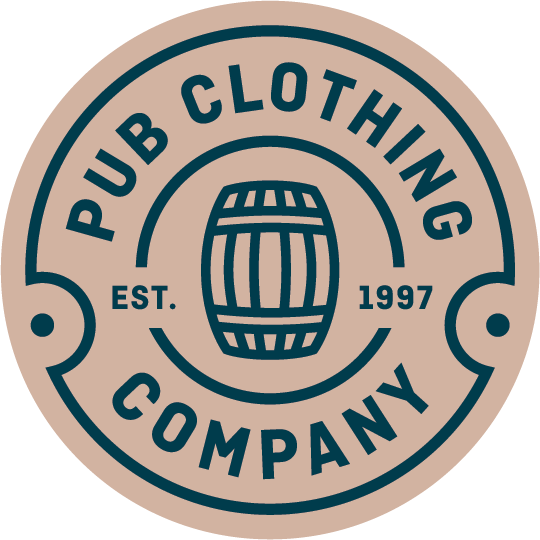The probability of a user bouncing from your site rises 32% as the page load time increases from 1 to 3 seconds. This means your page speed should be less than 3 seconds and as close to 1 second as possible. To check your site’s mobile friendliness, use the Core Web Vitals report in Google Search Console. Pay attention to the mobile report, and address any URLs marked as poor or in need of improvement. Average engagement time reflects how long visitors were actively engaged with the content on your site. It’s also a good idea to check your site’s Google Analytics 4 reports.
Google Images supports structured data markup for a product, SEO Anomaly video and recipe. If you specify any of these types in your content, Google Images results will show this right on your image previews. If Google can understand what’s inside, even non-optimized images, they might rank. All of this new AI technology encourages more image-based searches. RankingCoach works with any website, but it’s specially optimized for MyWebsite Now.
Ignoring Local SEO
But, they also offer a new opportunity for SEOs willing to spend the time optimising to rank in the AI Overviews. Making the purpose and relevance of your page clear to Google and searchers is the job of on-page SEO. It’s the icing on the cake that highlights the work you put into matching intent and covering the topic in full.
Focus on a few keywords
- It’s not impossible, but getting links that can make a difference will require much effort.
- So if you want to rank higher in Google in 2025 and beyond, you’ll love this new guide.
- Use descriptive, keyword-rich alt text to help search engines understand the content of your images.
- This means your search history can’t manipulate the results that are presented to you.
- When it comes to content development, keyword discovery is critical.
We may not be able to confirm that Google uses click-through rate as a direct ranking factor. But there’s no doubt that you want to get as many clicks (from the right audience) as possible anyway. Lastly, don’t forget to add visuals to further appeal to the site users (see previous step). Because you can click on a number in the “Domains” column to see exactly which websites are linking to these broken pages. You can’t just take a “publish and pray” approach to content marketing and HOPE that people link to you. But for your content to get links people need to actually see it.
Regularly updating your website with new blog posts, articles, or other forms of content signals to search engines that your site is active and relevant. This can lead to higher rankings, as Google recognizes the value you provide to users. Links can provide more context on a topic, both for users and search engines, which may help demonstrate your knowledge on a topic. However when you’re linking to pages outside of your control, for example content on other sites, make sure you trust the resource you’re linking to.
For search engines, a clear internal linking system allows them to index your content more efficiently, ensuring that every page is crawled and properly ranked. Social platforms are another essential off-page SEO tool, especially for newer sites looking to establish authority. Sharing your content on platforms like Facebook, X.com, LinkedIn, and Instagram increases its reach and likelihood of engagement. When users like, share, or comment on your posts, it amplifies your content’s visibility and can drive significant traffic back to your site.
We also want to state the importance of broken links and their removal. It uses the number of quality links to the page to rank it in SERPs. Simply put, you’ll need plenty of links to the page to rank it higher on Google. We prefer linking the most to our most important pages to boost them and make them appear in higher search results.
A standout feature of Similarweb’s Rank Tracker is its ability to monitor up to five competitors. This enables you to benchmark your performance against rivals and gain insights into their strategies. You can also identify new competitors appearing on the first page of search results and analyze their ranking positions. Armed with this information, you can adapt your content and SEO tactics to stay competitive.
LSI tools such as LSIGraph and Clearscope help you identify and include synonyms and related keywords to the one’s you’re trying to rank for. These tools ensure you’ve used the right language to give Google crawlers your content’s context. By researching and choosing keywords with intent-specific words, you increase your chances of popping up on a search. Once you have your keywords in place, create content that matches this search intent.

